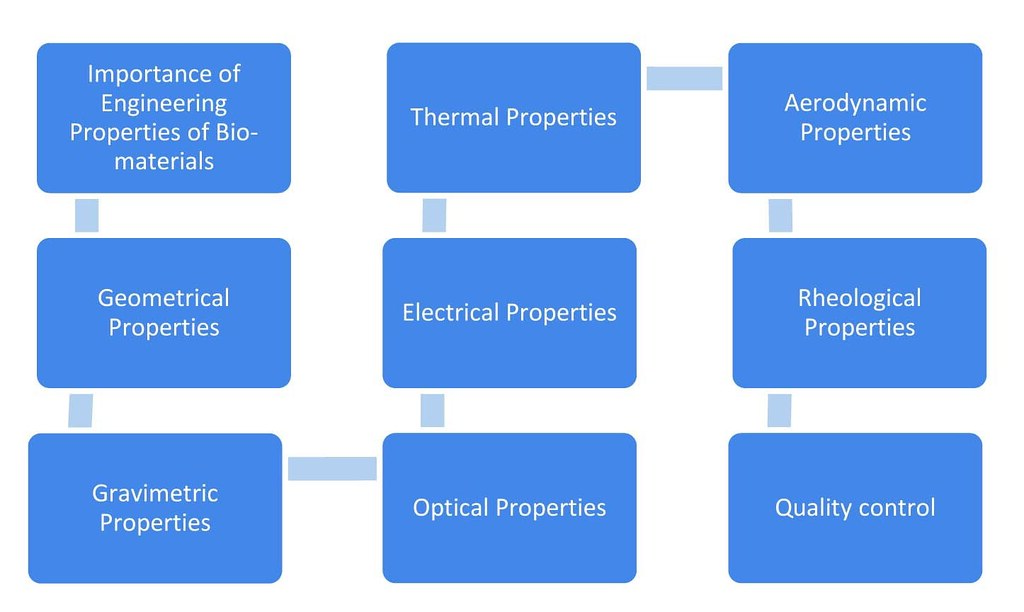Allan G. Bluman is a professor emeritus at the Community College of Allegheny County,
South Campus, near Pittsburgh, Pennsylvania. He has taught mathematics and statistics
for over 35 years. He received an Apple for the Teacher award in recognition of his bringing
excellence to the learning environment at South Campus. He has also taught statistics
for Penn State University at the Greater Allegheny (McKeesport) Campus and at the
Monroeville Center. He received his master’s and doctor’s degrees from the University of
Pittsburgh.
He is also author of Elementary Statistics: A Brief Version and coauthor of Math in Our
World. In addition, he is the author of four mathematics books in the McGraw-Hill
DeMystified Series. They are Pre-Algebra, Math Word Problems, Business Math, and
Probability.
He is married and has two sons, a granddaughter, and a grandson.
Dedication: To Betty Bluman, Earl McPeek, and Dr. G. Bradley Seager, Jr.
Approach
Elementary Statistics: A Step by Step Approach was written as an aid in the beginning statistics
course to students whose mathematical background is limited to basic algebra. The
book follows a nontheoretical approach without formal proofs, explaining concepts intuitively
and supporting them with abundant examples. The applications span a broad range
of topics certain to appeal to the interests of students of diverse backgrounds, and they include
problems in business, sports, health, architecture, education, entertainment, political
science, psychology, history, criminal justice, the environment, transportation, physical
sciences, demographics, eating habits, and travel and leisure.
About This Book
While a number of important changes have been made in the ninth edition, the learning
system remains untouched and provides students with a useful framework in which to
learn and apply concepts. Some of the retained features include the following:
• Over 1800 exercises are located at the end of major sections within each chapter.
• Hypothesis-Testing Summaries are found at the end of Chapter 9 (z, t, x2, and
F tests for testing means, proportions, and variances), Chapter 12 (correlation,
chi-square, and ANOVA), and Chapter 13 (nonparametric tests) to show students
the different types of hypotheses and the types of tests to use.
• A Data Bank listing various attributes (educational level, cholesterol level, gender,
etc.) for 100 people and several additional data sets using real data are included and
referenced in various exercises and projects throughout the book.
• An updated reference card containing the formulas and the z, t, x2, and PPMC
tables is included with this textbook.
• End-of-chapter Summaries, Important Terms, and Important Formulas give students
a concise summary of the chapter topics and provide a good source for quiz or
test preparation.
• Review Exercises are found at the end of each chapter.

• Special sections called Data Analysis require students to work
with a data set to perform various statistical tests or procedures
and then summarize the results. The data are included in the Data
Bank in Appendix B and can be downloaded from the book’s
website at www.mhhe.com/bluman.
• Chapter Quizzes, found at the end of each chapter, include
multiple-choice, true/false, and completion questions along with
exercises to test students’ knowledge and comprehension of
chapter content.
• The Appendixes provide students with extensive reference tables,
a glossary, and answers to all quiz questions and odd-numbered
exercises. New to this edition, the additional Online Appendixes
include algebra review, an outline for report writing, Bayes’
theorem, and an alternative method for using the standard normal
distribution. These can be found at www.mhhe.com/bluman.
• The Applying the Concepts feature is included in all sections
and gives students an opportunity to think about the new concepts
and apply them to examples and scenarios similar to those found
in newspapers, magazines, and radio and television news
programs.
Source: Free internet Search (4shared)
This book can be used as a refresher for Bachelor Of Engineering fifth semester's subject
PROBABILITY AND STATISTICS SH 602 B.Agri III/I







